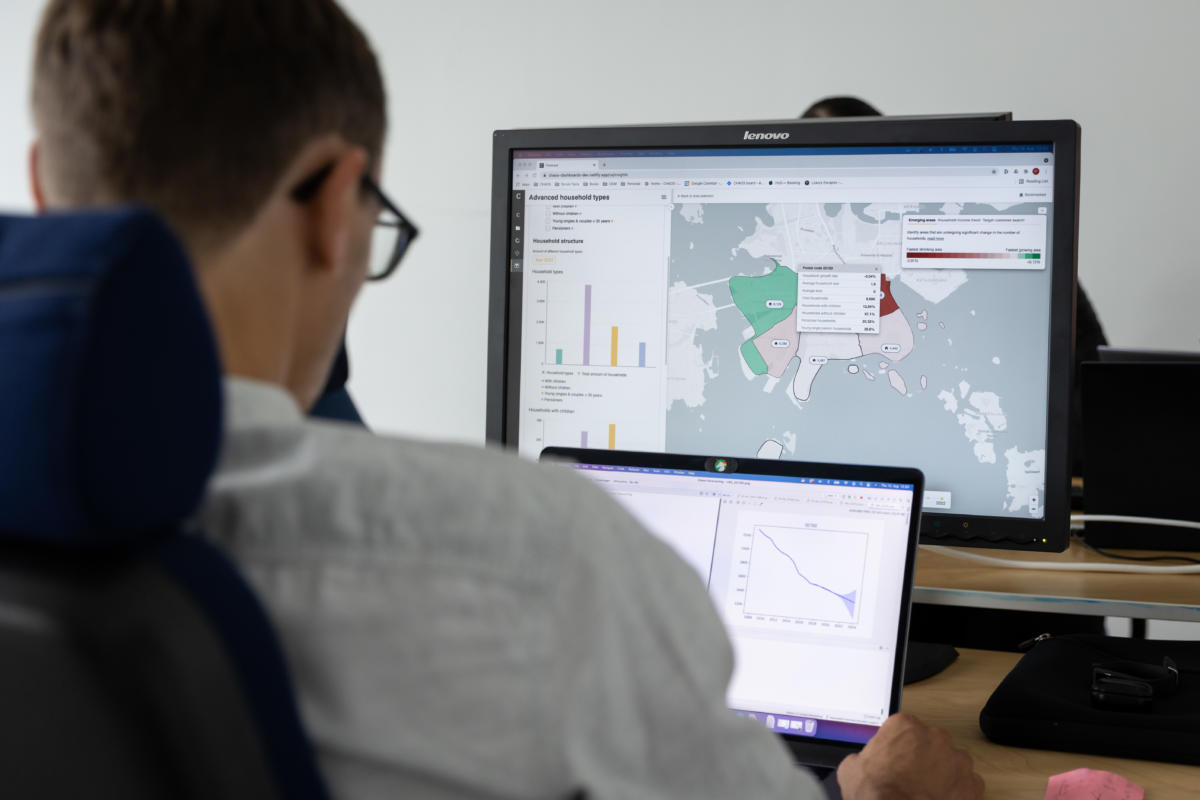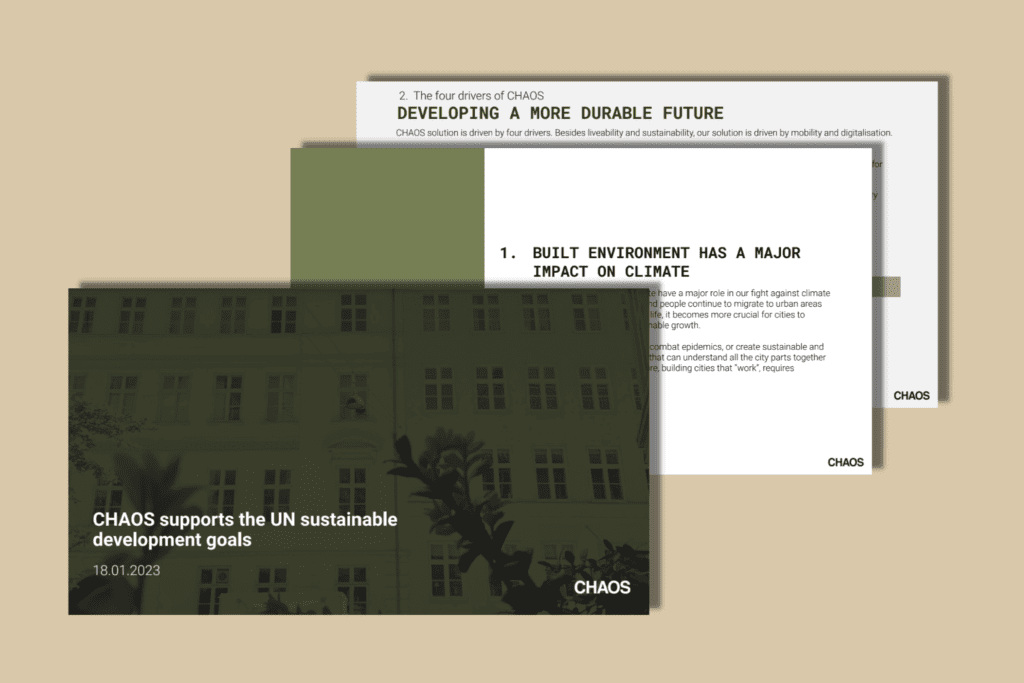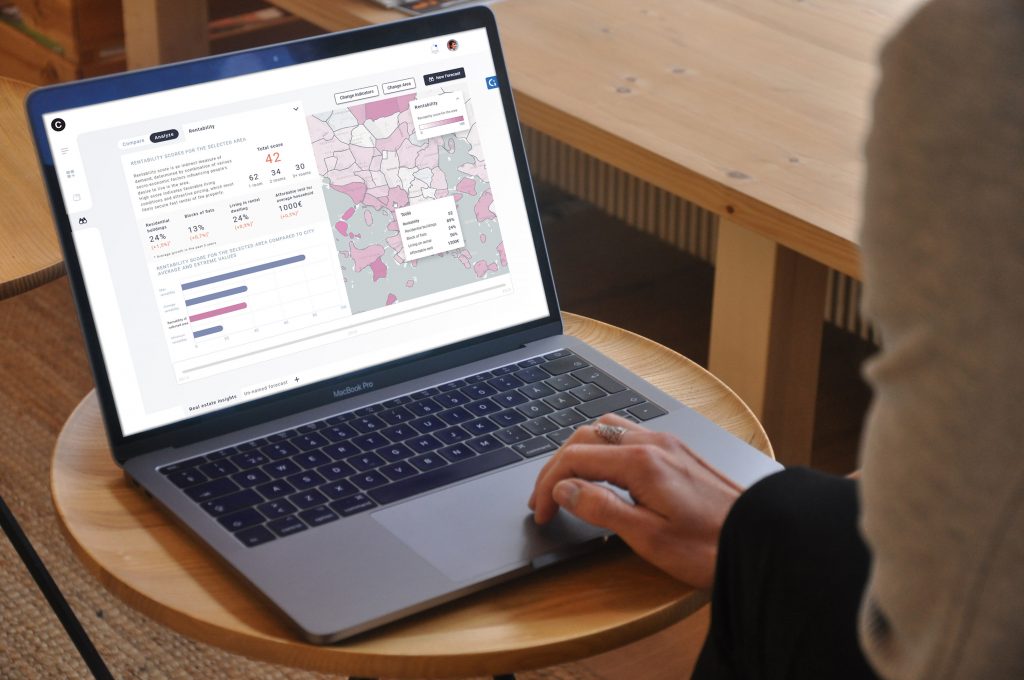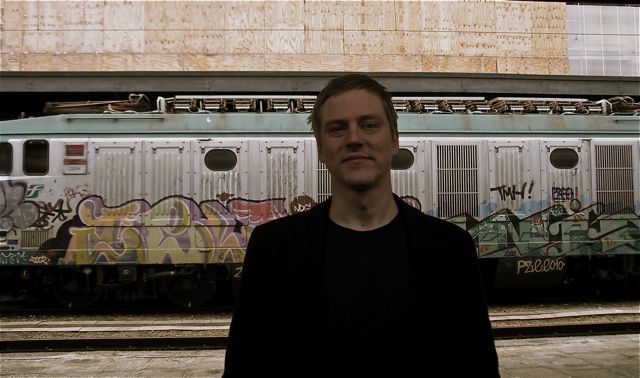
Forecasting helps us with smart urban sustainability
Forecasting is a process of using historical data to make informed predictive estimates about the future. If used correctly, it can help us design more liveable sustainable, antifragile cities.
To be ready to tackle climate change, combat epidemics, or create sustainable and liveable cities we need smart solutions which can understand all the city parts together and create better businesses.
This is our manifesto for sustainable urban development: the values and the actions we, at CHAOS, live by. Our ultimate purpose at CHAOS is to create better, more sustainable, and liveable cities for everyone. What was once a vision of our founders, is now a shared goal of a multicultural team full of change-drivers. We have a strong PhD background, specialised in urban planning, real estate, and data science.
With this publication, we invite every person and business working with cities, built environment, and urban development to participate in making liveable and sustainable cities.
As urban populations grow and people continue to migrate to urban areas for better opportunities and quality of life, it becomes more crucial for cities to allocate the right resources for sustainable growth. People’s everyday behavior is affected by urban planning. They can be nudged toward more sustainable habits when you know the critical points to act on.
Digital technology can cut global emissions by 15%, (or one-third of the 50% reduction required by 2030) through solutions of land use, buildings services, transportation, and traffic management. Sustainable cities of the future require holistically integrating multiple sources of urban data, conventional and unconventional. Also, detecting patterns and anomalies helps predict urban developments and how they will affect people.
We believe that a smart sustainable city is an innovative city that uses data from various physical touchpoints to improve the quality of life, efficiency of urban operation and services, and ecological health while ensuring that it meets the needs of present and future generations with respect to economic, social, environmental as well as cultural aspects.
Urban happiness gives a positive perception of a place to the various people who live in it and induces them to spend a long time there or to opt to live there again with the same experience. Happiness comes from creating new communities and empowering the existing ones through smart urban planning.
We believe in the alliance of human intelligence and innovation. Putting residents and tenants at the heart of your plans is essential to successful real estate development. A better understanding of urbanites adds a layer of happiness to urban planning, and smart and human-centric urban development improves people’s lives.
Competitive egalitarians emphasize that competitiveness does not simply spontaneously emerge, and cities can be designed to generate more equality or less, more growth or less. A future-proof city has urban resilience: the capacity of an urban system and its people to survive, adapt, and grow, through all chronic stresses and acute shocks. Business and working should be made easy and mobile, by challenging geographic monopolies and moving to where opportunity rests.
We believe that cities should be structured so that they generate effective competition, and so that they compete in ways that serve the broad public and unleash the vast potential for economic growth that is hampered by current infrastructure. Opportunities can be made available to everyone regardless of social class or disabilities. Smart solutions make it possible.
According to World Bank, 70% of the greenhouse emissions are produced in cities and that ⅔ of the world’s energy is consumed in cities. With these challenges, cities play a critical role in meeting our climate targets and improving people’s well-being and quality of life. As different crises shake our world, we need our cities to be resilient, human-centric, and full of equal opportunities.

We matched our own KPIs with the United Nations Sustainable Development Goals
Our solution supports particularly the UN SDG 11 (sustainable cities and communities) and SDG 13 (climate action). Download a detailed report to see how we have matched our KPIs.

Forecasting is a process of using historical data to make informed predictive estimates about the future. If used correctly, it can help us design more liveable sustainable, antifragile cities.

Cities contain a huge amount of information and data, which, however, is at times stored in a fragmented form or simply outdated. Meanwhile, the platforms that combine artificial intelligence and data can empower people and provide new information for real estate developers.

By Roope Mokka from Demos Helsinki All cities of the century are plagued with one very particular disease. It is the disease of best cities.